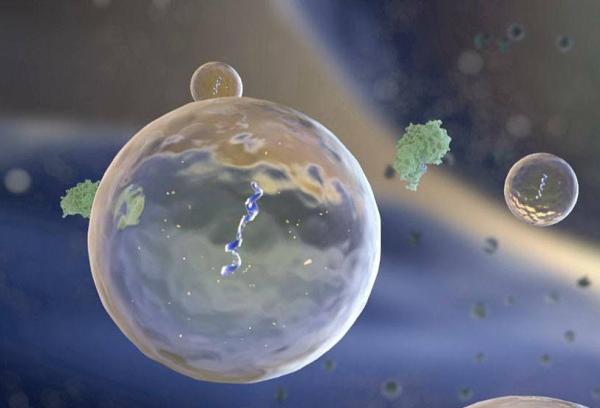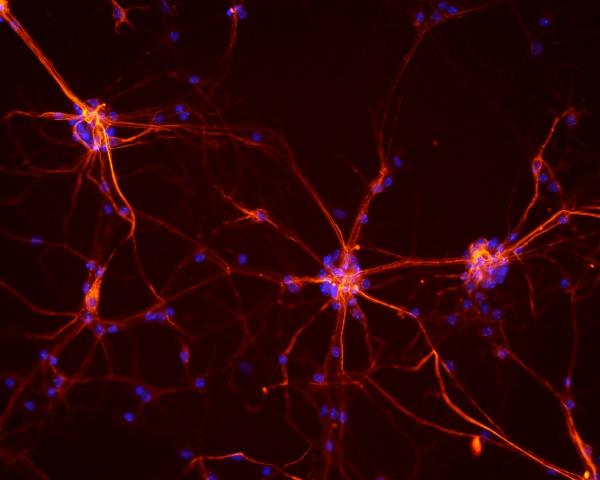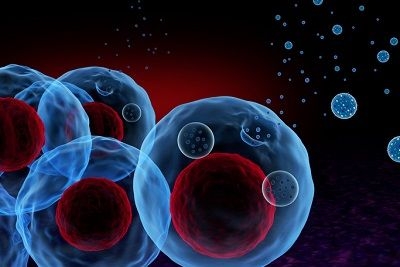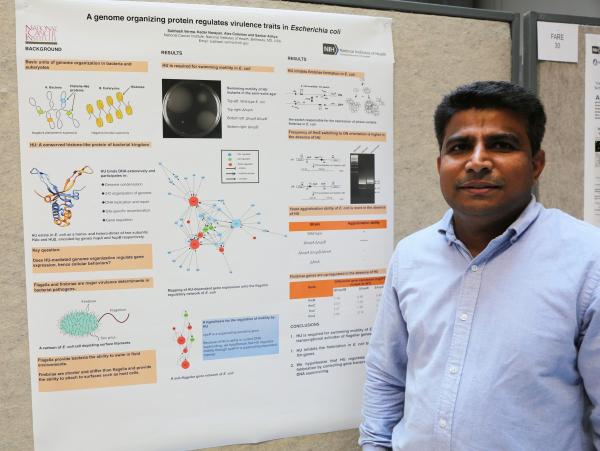Alzheimer’s Patients Show Traces of Cellular Batteries in Blood
Biomarker Discovery Could Aid Diagnosis and Therapeutic Development
Our cells can’t afford to be wasteful, so they prefer to recycle broken components. However, when the mitochondria that provide their energy are damaged beyond repair, cells may have no choice but to throw them out. New IRP research suggests that more of this mitochondrial debris floats in the blood of patients with Alzheimer’s disease, potentially providing an easy, cost-effective way to diagnose or even possibly predict the illness.









